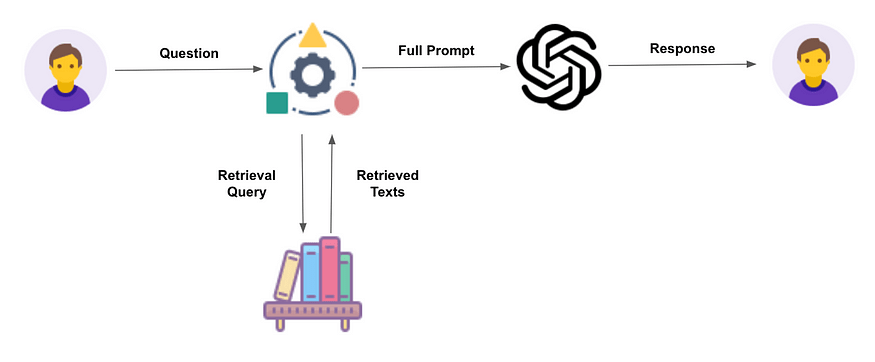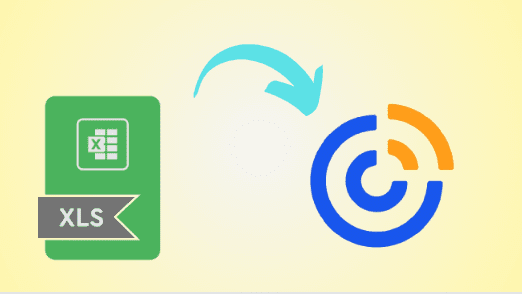Lightweight Directory Access Protocol- LDAP?is a software protocol that enables anyone to locate information about businesses, people, and other network resources like files and devices, whether it be on the open Internet or a private intranet.
Any hacker is aware that Active Directory has the network’s keys (AD). Once a hacker has access to one of your user accounts, you are in a race against time to see if you can stop them before they can start a data breach using your data security measures.
To safeguard your network from illegal access, it’s critical to be well-versed in Active Directory, which includes LDAP.
Let?s dig deep into the concept of ?LDAP? through this blog.
Understanding LDAP
Organizations use directories to store users, passwords, email addresses, printer connections, and other static data. An open, vendor-neutral application protocol called LDAP is used to access and manage that data. LDAP can handle authentication as well, enabling users to log in simply once and access a variety of server-side files.
Because LDAP is a protocol, it does not define how directory programs should operate. Instead, it’s a language structure that enables users to find the data they require extremely quickly.
Since LDAP is vendor-neutral, it can be utilized with a wide range of directory software. A directory typically includes information that is:
- Some factors, including a name and a location, combine to describe an asset.
- When the information does change, it does so gradually and with few noticeable changes.
- The directory’s data is frequently touched and is essential to running the company’s main operations.
On occasion, people utilize LDAP in conjunction with other systems all day long. Your staff members might use Lightweight Directory Access Protocol, for instance, to establish printer connections or validate credentials. Then, since Google doesn’t use LDAP at all, those workers might decide to switch to using Google for email.
What Does Lightweight Mean Here?
The Directory Access Protocol, the forerunner to LDAP, was created as part of the x.500 directory service. Its usage of the OSI protocol stack, nevertheless, made it complex to install and unsuitable for many networks.
LDAP was created as a lighter alternative protocol that could connect to x.500 directory services using TCP/IP, which was and is still the internet’s de facto standard.
What Does Lightweight Directory Access Protocol Do?
LDAP’s primary function is to act as a central clearinghouse for authentication and authorization. To obtain user credentials (username and password) later, such as when a user tries to access an LDAP-enabled application, LDAP enables companies to retain user credentials. The user is verified using their LDAP-stored credentials.
User attributes may also be saved in LDAP, which uses policies established by the directory to determine what a user is permitted access to.
What Is An Active Directory?
Authentication, group and user management, policy administration, and other features are all available through Active Directory, a directory services implementation.
The most widely used directory services system today is Microsoft Active Directory, which supports both LDAP?and Kerberos. AD offers Single-Sign-On, which functions effectively over VPNs and in the office. One of the reasons businesses are deploying access management software is to manage logins from numerous different devices and platforms in a single location because AD and Kerberos are not cross-platform. Since AD does support Lightweight Directory Access Protocol, it can still be incorporated into your overall access control strategy.
A directory service that supports LDAP includes Active Directory as one example. Red Hat Directory Service, OpenLDAP, Apache Directory Server, and more are among the varieties.
LDAP authentication ? What Is It?
Verifying usernames and passwords kept in a directory service, such as Open LDAP or Microsoft Active Directory, is known as LDAP authentication. Within a directory, administrators can establish user accounts and provide them access.
The authentication server receives a request from a user when they attempt to access a resource. The username and password you submit are checked by the Lightweight Directory Acess Protocol server against the directory’s information. If a match is found, the user’s access to the requested resource is then verified.
What Is Lightweight Directory Access Protocol Query?
A common protocol called LDAP makes it easier to have secure access to important data and resources. LDAP directories, when configured properly, can increase output and effectiveness. LDAP has been a part of organizations’ infrastructures for many years. We don’t anticipate that the popularity and widespread use of LDAP will decrease anytime soon now that virtual LDAP is a reality.
What Is Virtual Lightweight Directory Access Protocol?
It is hosted and managed in the Cloud thus, enabling businesses to create LDAP apps that are prepared for the cloud without having to run and manage their LDAP servers. The LDAP directory hosted in the cloud can be integrated with any applications and services.
You’ll do all of your directory services chores using a point-and-click management interface, such as Varonis DatAdvantage, or possibly a command line shell, such as PowerShell, which abstracts away the specifics of the underlying LDAP protocol.
There are many advantages to this:
- Instead of requiring integration with numerous directories, use a single virtual LDAP service that combines information from numerous directories. Create a single authoritative source.
- Scale as desired. Create as many new servers as necessary to handle your expanding datasets.
- Start your journey toward digital transformation without having to give up legacy protocols like LDAP.
The only cloud-hosted LDAP and RADIUS supplier?that prioritizes security is Foxpass. We forbid the use of password-hashing techniques or insecure protocols by default, which is something that our rivals are unable to claim.
Scalability and fault tolerance are features of Foxpass’ design. No single point of failure exists for our services, which are delivered across many data centers. We monitor the servers round the clock.









